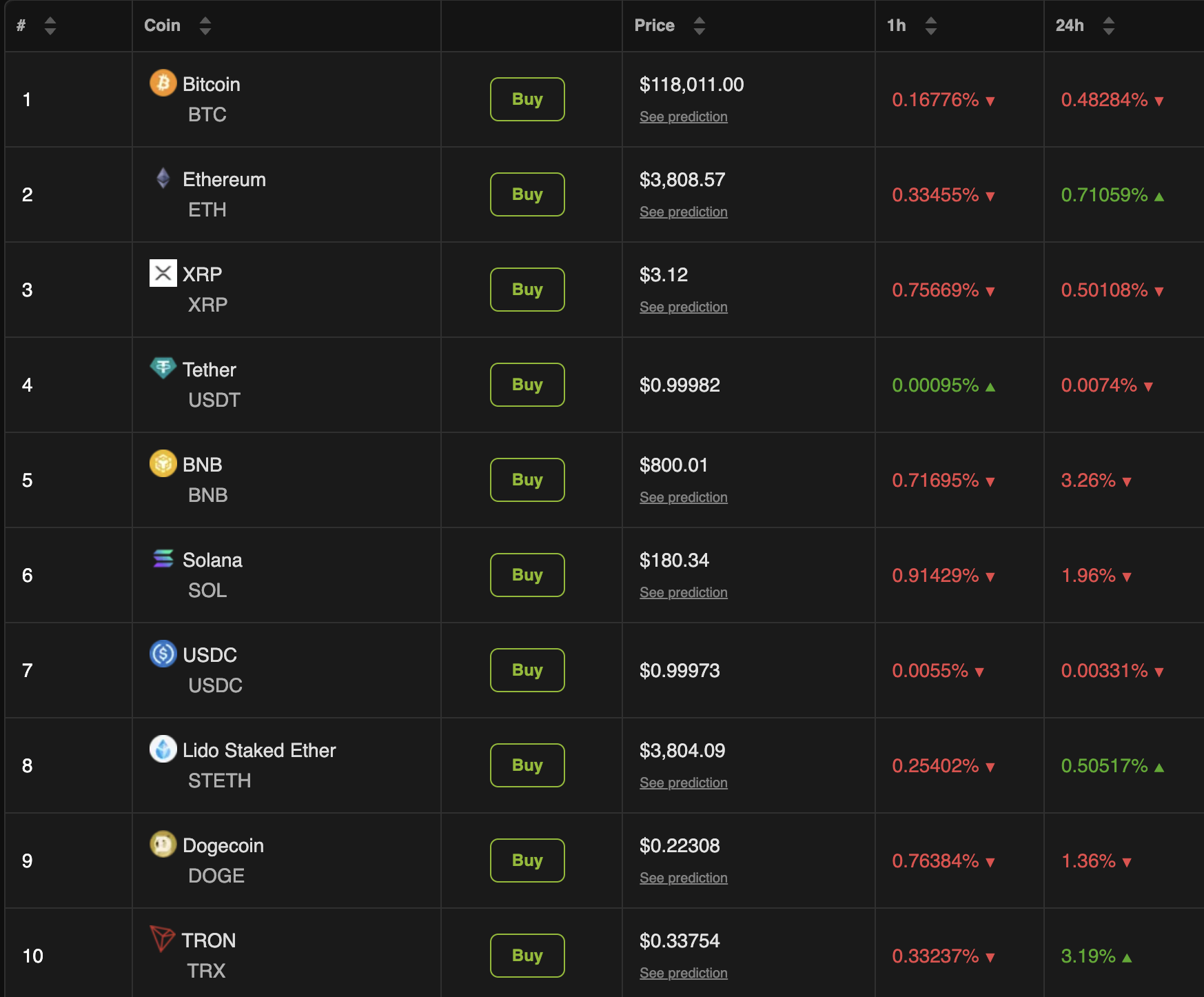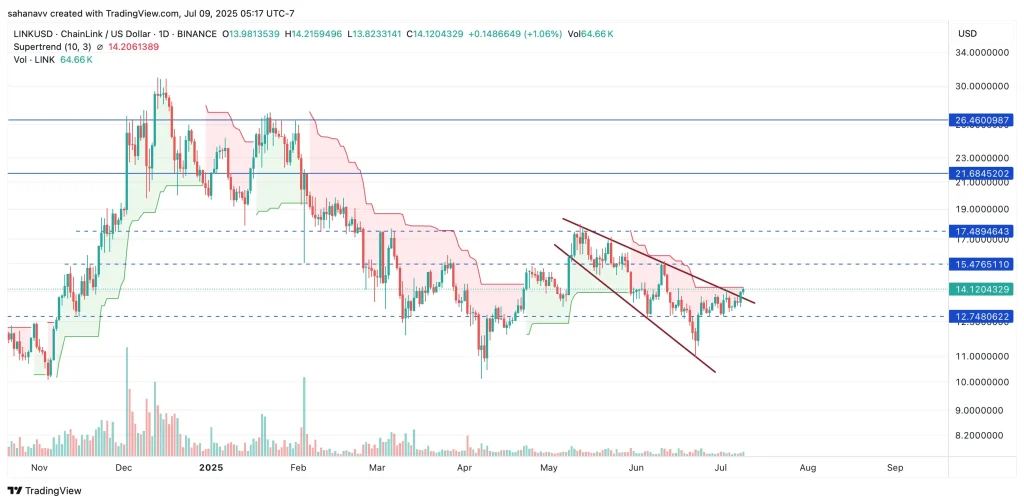
US President Donald Trump has announced a ‘major trade deal’, sparking speculation about a potential US-UK trade agreement. Yesterday, Trump shared a post about a potential trade deal with a “big, and highly respected, country,” which the New York Times identified as the United Kingdom. The announcement has sparked speculations of a crypto market rally, with top currencies exhibiting significant price upticks.
Following Trump’s cryptic message on Truth Social post, the crypto market saw a notable surge, with the total market cap reaching $3.07 trillion, up 2.72%. Top cryptocurrencies like Bitcoin (BTC), Ethereum (ETH), and XRP have experienced surprising hikes of 2.66%, 5.3%, and 2.5%, respectively, over the past 24 hours.
Trump Announces Potential US-UK Trade Deal: Crypto Market Rally Begins
On May 7, President Trump shared a Truth Social post that read, “Big News Conference tomorrow morning at 10:00 A.M., The Oval Office, concerning a MAJOR TRADE DEAL WITH REPRESENTATIVES OF A BIG, AND HIGHLY RESPECTED, COUNTRY. THE FIRST OF MANY!!!” Though he hasn’t revealed the partnering country, the New York Times confirmed it as the United Kingdom, fueling speculations of a potential US-UK trade deal.
These speculations, indeed, have triggered a bullish rally in the crypto market with leading players trading in green. Bitcoin, which traded around $97,759 before the announcement, quickly shot through the roof, nearing the critical $100k barrier. While the ETH price reached closer to $2k, XRP hit a psychological level of $2.2.
Trade Agreement Details
According to the New York Times post, three people familiar with the matter revealed that the US is entering into a trade deal with the UK. Though the details remain undisclosed, as per Trump’s post, it will be announced today (May 8).
Timothy C. Brightbill, an international trade attorney at Wiley Rein, commented that the announcement is likely to be “just an agreement to start the negotiations, identifying a framework of issues to be discussed in the coming months.” He added, “We suspect that tariff rates, nontariff barriers and digital trade are all on the list — and there are difficult issues to address on all of these.”
This trade deal marks the first agreement announced since President Trump’s introduction of stiff tariffs on numerous US trading partners. Later, he temporarily paused the tariffs to facilitate negotiations with other countries. It is noteworthy that the US-China tariff plans have significantly impacted the crypto market, resulting in a major correction.
The post US-UK Trade Deal: Is Trump’s ‘Major Trade Deal’ Powering Today’s Crypto Market Rally? appeared first on CoinGape.








